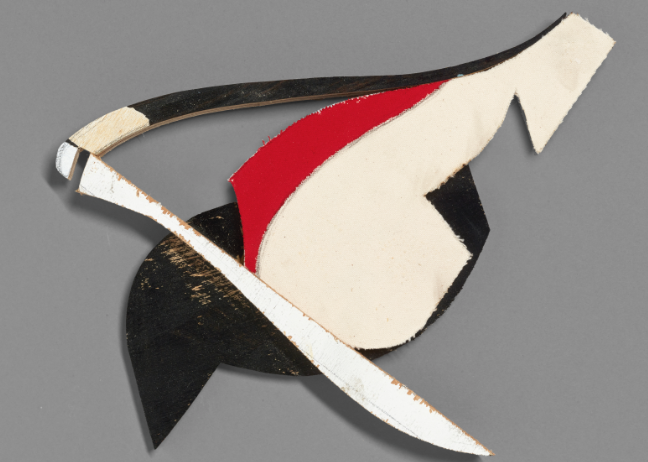What does it mean to you to live and work in Texas?
Place is extremely important in my work. I wanted to return to Houston as it’s close in proximity to where I grew up. Houston is also a large enough city with a vibrant art scene. I couldn’t see any reason to live in New York, for example, struggling to make ends meet all the while attempting to develop my work. Houston is a great place for an artist to grow and it provides plenty of opportunities to show. Texas also has a diverse landscape, from the gulf, to the Big Thicket in the east and the hill country to the west. Economics, an active art scene, and the ability to experience a wide range of landscape provides all the necessary components for me to work.
How do you derive your color palette?
My palette management was influenced by a trip I took to the Isle of Man in July of 1987. I was introduced to John Nicholson, a Manx painter who specialized in making watercolors of the native scenery. His paintings were of harbor scenes and rolling landscapes. Nicholson’s palette displayed a range of grays, warm and cool, that supported a rich layer of color added later. He told me to never clean my palette. This way one could infuse pure color into this soup of grayish tones, already on their palette, and build a color vocabulary that could not be duplicated. I thought about this for a while and realized a conceptual component to this process. Mixtures made this way reflect a period of time, and not a singular approach to the easel. Over several months to maybe a year, this palette can describe a life lived in the most subtle ways.
Where do your sculptures fit in to your creative process?
The current sculptures came out of wooden reliefs I was making back in 1996. I was working on low reliefs made of plywood which were then installed in frames I would find in thrift stores. The reliefs were made by drawing on plywood, then cutting out the shapes. The drawn line now becomes a sculptural edge. The forms were then painted, or wrapped in canvas or burlap, or wrapped in metal and then reassembled. At the same time, my paintings were made with various colored lines and no mass. Making these low reliefs allowed me to explore line in a sculptural way, which actually helped in the creation of the then minimal paintings. After a 5 year hiatus in 2010 I began making reliefs again, but this time I discarded the frame. I was astonished at the movement and silhouette of the forms now that they were free from the frame. This led to standing the shapes up and thereby creating freestanding pieces. In the studio, the sculptures have a strong association with the drawings. It is between these two disciplines that I see how line creates edge, movement and tension. Sculptures allow me to expand my ideas of form and language. I’ve always strived to show the process in my work. I like using commercial grade plywood, sometimes showing earlier formal decisions like a stray graphite line still visible in the completed work along with white primer or a glossy painted surface. This range of finishes in my sculptures can also be seen in my drawings and paintings.
You are quite a prolific artist, what is your daily inspiration?
I was fortunate enough to be able to design and build my home/studio in 2005. I’ve always thought it was important to live with ones work. In doing so, it becomes intertwined with my life and I think over time, the quality of the work deepens. The first thing I see when I come into my home is the studio and hence, the last thing I see when I leave is my work. I’m always thinking about it. Consequently I am always in there, looking, working for a few hours, stepping away from the work, returning to it a few hours later. So before I know it, I’ll have 25-30 works going. I’ve always had a sort of blue collar mentality about the creative process, believing that the more I can do, the more I will learn about my craft. I get inspired by making the work as one thing leads to another. It seems that the more I make the more questions I have. It’s the process that propels me forward in the search for the origins of my imagery and how my experiences in life are reflected in the palette and form.
What’s in the corner of your studio?
Currently, I have two wall dependent corner sculptures in the corner of my studio. It’s an idea I’ve been entertaining for a while. I meant to put one of them in my last show at Moody this past April. But the show developed in a different way. It will be something to ponder this summer and I hope to reach some sort of resolution soon.
